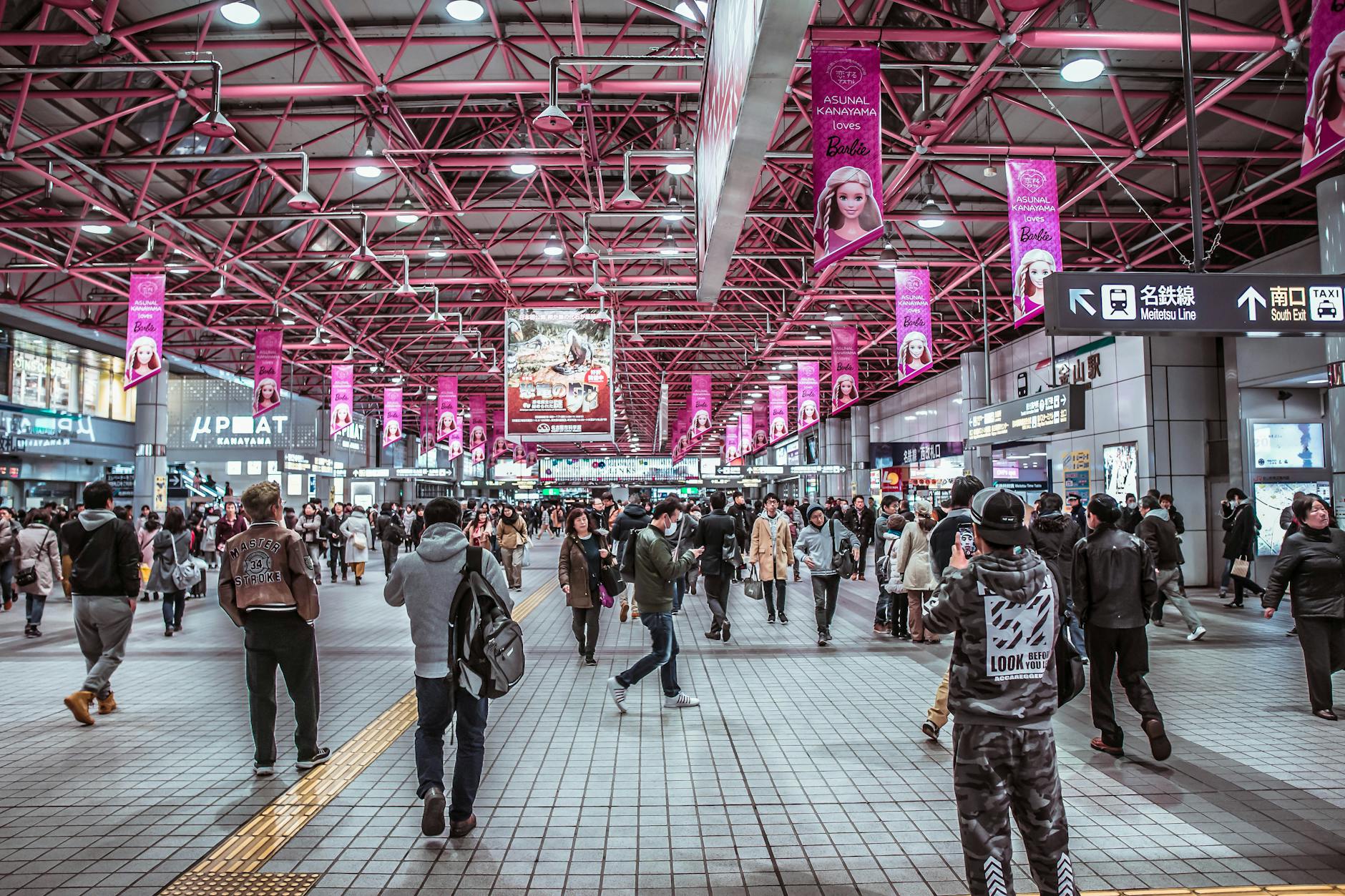“Just 3 Minutes from the Station”—Is It Really Convenient? What to Watch for When Evaluating Station-Proximate Properties
Phrases like “5-minute walk from the station” or “prime location, 3 minutes to the station” are often highlighted in property listings. It’s easy to associate them with convenience and a stress-free commute. However, once residents settle in, many report that it was “not as comfortable as expected,” citing issues like noise or limited shopping options.
Being close to a station doesn’t always equate to convenience. This article outlines the often-overlooked drawbacks of station-proximate living and provides practical tips for properly evaluating the surrounding environment.
Hidden Drawbacks of Properties Near Train Stations
1. The Closer You Are to the Station, the Closer You Are to Crowds and Noise
-
Station areas are often packed with late-night establishments such as restaurants, convenience stores, izakayas, karaoke bars, and pachinko parlors.
-
Foot traffic continues late into the evening, accompanied by the chatter of intoxicated patrons and the idling of taxis.
-
At terminal or busy stations, train announcements and platform broadcasts may be audible inside your residence—especially during early or late hours.
→ Not ideal for those who prioritize peace and quiet, particularly at night.
2. Proximity Doesn’t Always Translate to Practical Daily Use
-
While station areas may be full of retail outlets, they often lack essential stores like supermarkets or drugstores, making everyday shopping inconvenient.
-
Some station routes may lack sidewalks, posing safety concerns during commutes or for families with children.
-
Even short walks may involve steep slopes, narrow alleys, or railway crossings—factors that aren’t apparent on a map.
→ Walkability and daily usability, not just distance, are key elements that influence quality of life.
3. Properties Near Stations Tend to Command Higher Rent
-
Even for similar unit sizes, the difference between a 3-minute walk and a 15-minute walk from the station can translate to ¥10,000–¥20,000 more in monthly rent.
-
While this “station proximity premium” is reflected in pricing, it does not always equate to a more comfortable living experience.
-
In some cases, the trade-off may be an older building, outdated facilities, or an inefficient layout.
Environmental Factors to Check When Considering Station-Proximate Properties
✅ Assess Daytime and Nighttime Noise Levels
Most viewings occur during the day, but actual living takes place around the clock. Be sure to evaluate:
-
Whether the unit faces a busy roundabout or entertainment district
-
When garbage trucks or newspaper deliveries make noise in the area
-
Whether a nearby police station or hospital causes frequent sirens
→ Taking a walk around the neighborhood at night can reveal the true sound environment and help you judge whether it suits your lifestyle.
✅ Proximity to Supermarkets and Daily Essentials
While station areas often feature a variety of stores, it’s not uncommon for options to be limited to convenience stores or expensive specialty food shops. When assessing livability, consider:
-
Is there a supermarket, ideally one that stays open late?
-
How close are essential shops like drugstores, 100-yen stores, or dry cleaners?
-
Are bank ATMs, post offices, and medical facilities within walking distance?
→ Convenience for commuting does not always equate to convenience for daily life.
✅ Safety and Comfort of the Route to the Station
Even if the listing says “5-minute walk to the station,” the actual walking experience matters:
-
Are sidewalks narrow or completely absent?
-
Is the route poorly lit at night?
-
Are there pedestrian crosswalks, or are you forced to detour?
Such conditions not only increase daily stress but can also pose safety concerns, particularly after dark.

✅ Proximity to the Station May Also Mean Proximity to Train Tracks or Railroad Crossings
Living alongside railway lines can bring unexpected levels of noise and vibration from passing trains and railroad crossings. This is particularly true in areas served by multiple train lines, freight routes, or older rail infrastructure. If the balcony faces the tracks, residents may also face issues such as metal dust settling on laundry and persistent noise pollution.
“Hidden Gem” Properties a Bit Farther from the Station
Because “close to the station” doesn’t always mean better, properties located 10–15 minutes from the station may offer outstanding overall value when they meet criteria such as:
-
Peaceful residential setting with quiet surroundings
-
Daily essentials like supermarkets and drugstores within a 5-minute walk
-
Safe and comfortable access to the station via bus routes or cycling paths
-
Lower rent—often ¥10,000 or more below that of station-front properties
→ While slightly farther from the station, these homes often deliver better balance in space, facilities, and neighborhood environment.
Common Misconceptions vs. What You Should Reconsider
| Common Assumption | What You Should Actually Check |
|---|---|
| “Close to the station = convenient lifestyle” | Are essential services like supermarkets, hospitals, and banks nearby? |
| “Within a 5-minute walk = close” | Does the route involve slopes, stairs, or inconvenient traffic signals? |
| “Near the station = quiet area” | Are there late-night businesses, heavy traffic, or constant foot traffic? |
Evaluate Station-Proximate Homes for Comfort, Not Just Convenience
While proximity to a station is certainly a desirable feature, it does not guarantee a comfortable lifestyle.
Its impact on daily living can’t be judged by distance alone.
“Convenient” can also mean:
-
Noisy due to nightlife or traffic
-
Expensive in terms of rent and living costs
-
Limited in day-to-day functionality
That’s why it’s essential to consider the surrounding environment, noise levels, and walking routes when assessing a station-adjacent property.
A truly comfortable home isn’t defined by its distance from the station—but by how well it supports your lifestyle.
Walk the area, observe it, and experience it firsthand—that’s the key to a decision you won’t regret.




